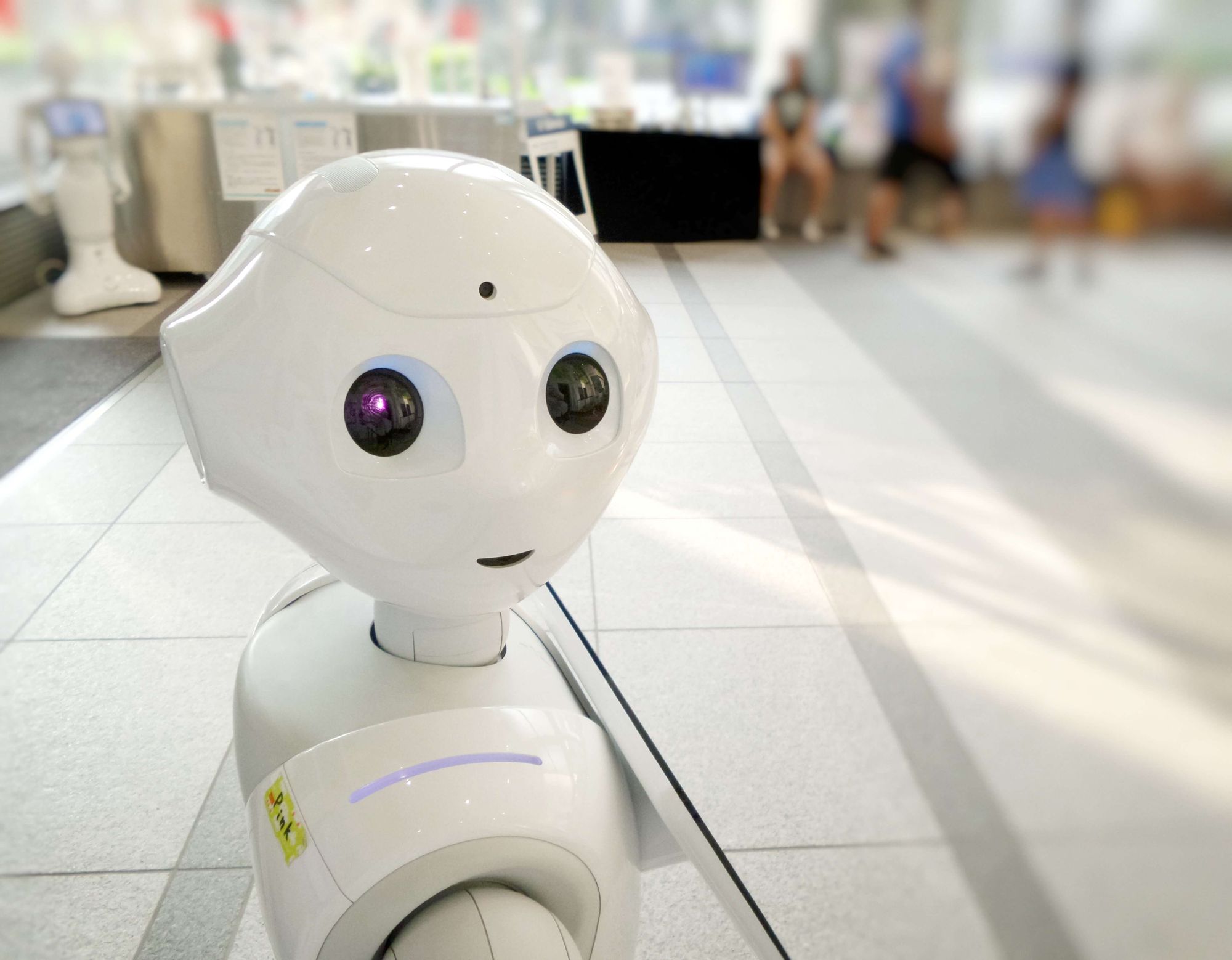The thoughtful implementation of AI-enabled customer success platforms can greatly enhance Customer Success Managers’ (CSM) ability to maximize the value of customer data and ultimately help reduce churn and improve the overall health of client relationships.
When applied correctly, AI-enabled customer success will open up additional prospects in the future to completely transform the CS landscape.
In this article, I discuss:
- The definitions of AI and machine learning
- My experiences with AI in customer success
- How AI can provide a better understanding of your customer's goals
- Manual vs. AI-generated health scores
- AI and customer support
- If AI can predict churn and resolve engagement issues
- Whether AI and machine learning are always beneficial
- How AI can be applied in a CS career
- How to pick the right AI system
What are artificial intelligence and machine learning?
In its simplest definition, artificial intelligence (AI) is the ability of a computer system to emulate human thinking and behavior.
Machine learning is a branch of AI that imitates the way human beings learn. The algorithms that power these computer systems are fed a vast sum of data to gradually improve their accuracy.

My experiences with AI in customer success
For the past eight years, I’ve been at the intersection of artificial intelligence and customer success. From my time at IBM selling Watson AI solutions to enterprise customers, to my current role as a Senior Manager of Customer Success for robotic process automation leader, UiPath.
At each organization, I learned that data (more specifically, understanding product usage, customer behavior, trends, and predictions) is a key driver of successful customer outcomes and relationships. Yet, CSMs struggle to keep up with the dizzying number of data sources across an ever-increasing portfolio of clients.
While still in their relatively early stages of adoption in the realm of customer success, AI-powered tools and platforms have already made a positive impact – providing efficiencies and maximizing value in the data collection and analysis processes.
AI is the key accelerator for a CSM to manage customers at scale and to identify growth and risk across a portfolio of customers. As companies increase their reporting on Net Revenue Retention (NRR) and the market expects NRR growth, the CSM with AI is positioned to accelerate the up-sell, cross-sell, and renewal of subscriptions.
How AI provides a better understanding of customers’ goals
In the past, it would take hours for CSMs to collect information via their own sentiment analysis, interactions, and data mining across social networks, communication channels, and various other platforms.
But collecting customer data was entirely different before the advent of AI technology. CSMs would face another set of hurdles when it came to organizing and sharing that data. Now, not only can CSMs use AI to digest and pull insights from disparate sources, but they can also leverage AI to build dashboards that make collaborating easy, turning insights into actionable next steps.
We see AI in other areas of customer success too. CS teams supplement communication with chatbots to answer customer questions in real-time and to proactively move customers to the next milestone in their product journey.
The insights from these customer interactions can enhance the accuracy of the health score and lead to a better understanding of an individual customer. They also provide executive leadership with a window into trends across industries and companies of similar sizes and functionality.

Manual vs. AI-generated health scores
When it comes to customer health scores, there’s much debate surrounding the ideal formula and weight of individual components - executive sponsorship, product adoption, support tickets, NPS, etc. Additionally, the CS industry can often be found arguing about how much weight should be given to the scores in predicting customer behavior and evaluating CSM performance.
However, when it comes to debating the merit of manual versus AI-generated health scores, it boils down to time and scale.
Health scores inputted manually are often limited in scope, demanding continuous maintenance by the CSM, which becomes unrealistic as the ratio of customer to CSM increases. Given the growth rate of 24/7 interactions and conversations, it’s nearly impossible to document and include all the details necessary for an accurate score.
On the other hand, AI-assisted software makes it easier to tap into a broader dataset and integrate with fragmented systems of record. Technology can pull insights from recorded customer calls, email exchanges, support tickets, and messaging platforms and integrate products, surveys, value engineering, and more into the collective view.
AI-generated health scores tend to be more accurate because they scale to capture a larger volume of interactions, can update in near real-time, and predict risk. These scores free up the CSM’s time, allowing them to take proactive steps in their engagements and conversations with customers.
AI and customer support
Can AI transform reactionary support functions into proactive CS teams? Yes, 100%.
The sheer number of accounts CSMs can have on their plate at any given time makes a timely ‘reactionary support function’ a best-case scenario. However, as mentioned above, enabling real-time updates to customer health scores across all their accounts allows CSMs to be proactive.
To take it a step further, AI-powered software can learn to mimic how CSMs respond based on their previous responses to calls, general correspondence, and customer milestones. AI can automatically recommend CSMs to the next steps based on similar events.

Can AI predict churn and resolve engagement issues?
Without sounding like a broken record, yes, and AI’s impact is again all about scale and timing.
Anytime you can increase the data and analysis around customer interactions, you arm your CSM with critical information that enables proactive engagement to prevent potential churn and other flagged issues.
As a CS leader, predicting risk, getting ahead of renewals, and offering proactive connections are paramount to helping your organization reach its growth target.
However, it won’t resolve all engagement issues, and this is where the expertise of the CSM and/or leadership determine the next best action.
Are AI and machine learning always beneficial?
Machine learning and AI in general are in the CSM and customer’s best interest. However, there are three important caveats to that statement.
- AI-powered systems and automation can break down and need to be proactively monitored for accuracy. They need to be updated and respond to changes such as process, product, software upgrades, etc.
- You should always leverage the expertise and relationship management skills of your CSMs to give a final recommendation on a customer. At the end of the day, AI enables a great CSM to be even more effective, but always includes their analysis and review of the data.
- Machine learning is only as good as the datasets fed to it. CS leadership must continue to think strategically about what data sources make up the algorithm and whether those data sources are accurate and continuously maintained.

How AI can be applied in a CS career
I’ve always started with the basics, asking myself: “Am I doing anything manually today that can be automated or solved by AI?” That’s phase one.
Then, I look for the tools to support those efforts. Fortunately, I’ve been at companies whose products centered around that core question so there has been progressive thinking about how we could automate our own processes. More importantly, SaaS tools have added AI features to their platforms that you can take advantage of today.
How to pick the right AI system
Start with the software that is already available at your company. Most software applications have automation, workflow management, and machine learning capabilities in their features.
Then, I’d suggest you speak to your organization’s IT and operations teams. Oftentimes, customer relationship management systems (CRMs), marketing, and analytics tools can lead to a post-sales experience that you can leverage.
Finally, make sure to bring your ideas and revenue opportunities to the product team as they’ll be thinking about how these technologies can integrate into the customer experience.
Enjoyed this article? Check out our exclusive content from the leading minds in SaaS.





